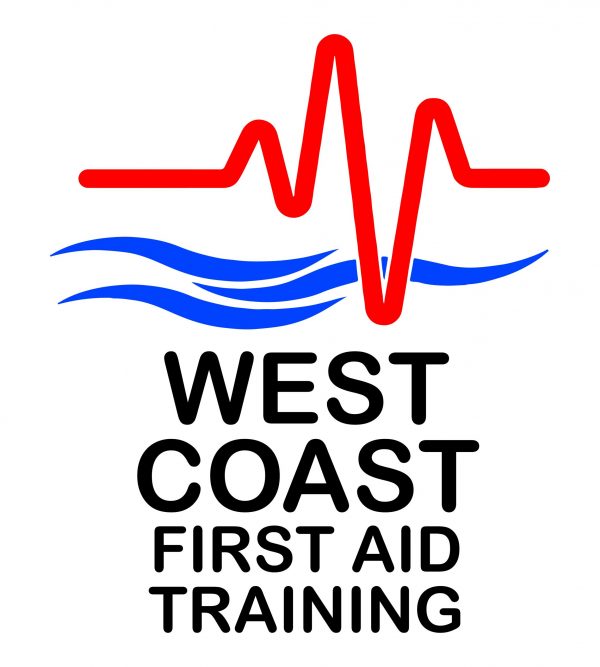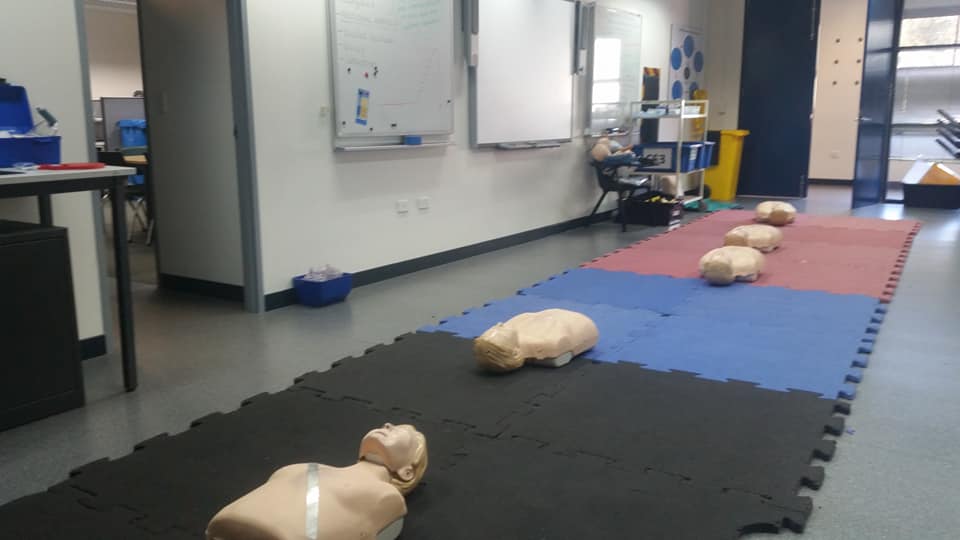


According to the American Heart Association, nearly 3,50,000 cardiac arrests occur outside of the hospital, and approximately 4,75,000 people have lost their lives from a cardiac arrest. When the cases occur outside of the hospital, and immediate help is needed, a person with CPR training can save lives. People in different professions like police officers, firefighters, swimming coaches, and trainers take CPR and first aid training courses. Many people voluntarily take these classes to understand what happens during a cardiac arrest and how they can help in the time of a medical emergency.
A CPR training course can sound intimidating at first. People may wonder how much expertise does it require? How much time does training take? What are the things that they will learn? But it is not that complex. The training course for CPR mostly lasts for just 3 hours!
Not everyone who signs up for a CPR training session receives the same training. The intensity of lessons depends on the individual’s requirements. Based on professionalism, these courses can be divided into three levels which are
These are the courses taught to get one ready for a critical situation at workplaces, homes, and other educational institutions. The skills taught here are of a very basic level and take about one to one and half hours to complete a course. Adults, teens, and adolescents are the people who opt for this.
As the name states, these classes are for people who work closely with or provide care to children under 8. Along with the CPR skills and techniques, much other necessary information about childcare is taught to people who teach or volunteer at schools, playgrounds, and daycare.
These are the most professional training classes of the three required for professional rescuers. People who sign up for these classes learn to use AED, ventilation devices, two-person CPR methods, and rescue breathing techniques and their barriers.
Not only this, but you can also choose from the online or offline mode of classes, whichever suits you, depending on the time and convenience.
Since the classes are mostly 3 hours long, it takes only a day or, in some cases, two days to complete the training course.
The classes begin with lectures that talk about the basics of first aid training, which include treating injuries, assessing and handling the patient’s mental state, addressing environmental factors, and taking care of respiratory and cardiac emergencies.
Besides first aid training, cardiopulmonary resuscitation training is given to the volunteers, including heart conditions. Some of the basic lessons are identifying the signs of heart attack, cardiac arrest, and stroke.
Once the theory part is completed, the coach moves on to hands-on training, which covers learning and applying techniques on dummies and role-playing. The practical aspects include:
Cleaning and dressing wounds
Using CPR and AED devices
Hands-only CPR
Performing abdominal thrusts
These activities are performed in both ways, individually and as a team.
When the course is completed, the trainees get a certificate for the first aid training course but not before appearing for a test that includes written and practical assessments. If you fail in any of your lessons, the instructor asks you to review the same and give the test again, after which you’ll get a certificate.
CPR training does not take much time and equips you with everything you need to save someone’s life. But before you decide to sign up for a course, think about your objectives, how much time you can give, where you can use the learned skills, and then decide on a course that suits you best.